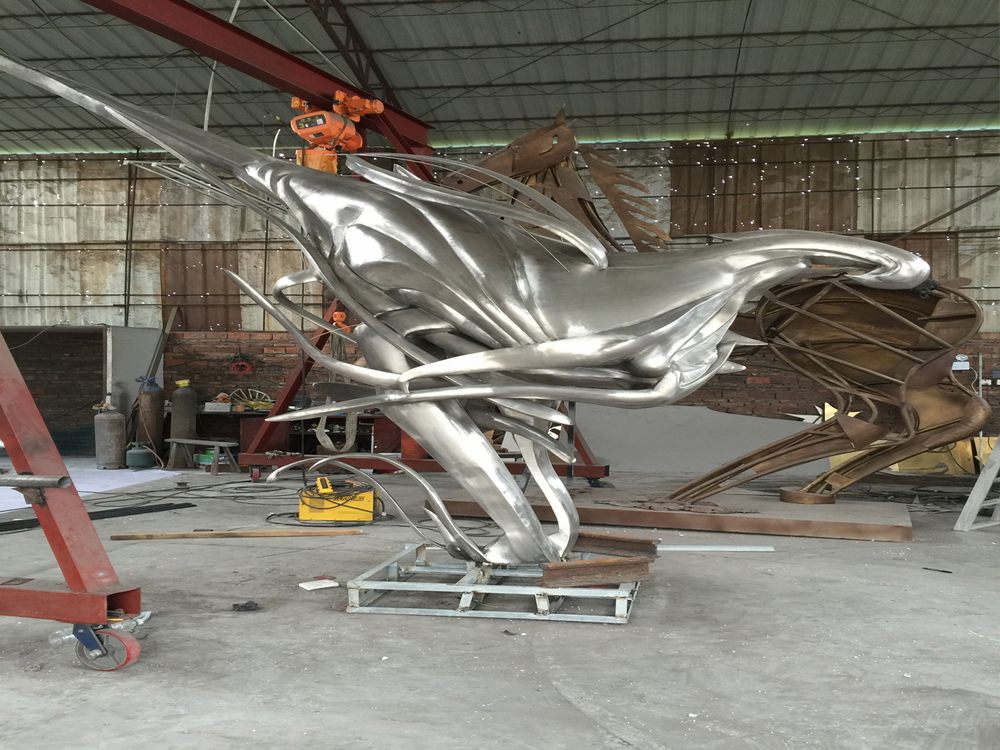
Stone sculptures have long served as powerful mediums for artists to convey cultural and historical narratives. Through intricate carvings and symbolic forms, these artworks preserve the essence of civilizations, telling stories of triumphs, struggles, and beliefs.
One way artists reflect cultural narratives is by depicting mythological or religious figures. For instance, ancient Greek sculptures of gods like Zeus or Athena embody societal values and spiritual ideals. Similarly, Hindu temple carvings in India narrate epic tales from scriptures, embedding moral lessons within stone.
Historical events are also immortalized through sculptures. The Trajan’s Column in Rome, adorned with detailed reliefs, chronicles military victories, while the Terracotta Army in China reflects imperial power and craftsmanship. Such works act as visual archives, bridging past and present.
Moreover, indigenous cultures use stone sculptures to honor ancestors or mark sacred sites. The Māori of New Zealand carve "pounamu" (greenstone) into hei-tiki, symbolizing lineage and protection. These pieces are not just art but cultural lifelines.
In contemporary art, sculptors blend traditional techniques with modern themes, addressing issues like identity or environmentalism. By manipulating stone’s permanence, artists ensure that cultural and historical narratives endure, inviting viewers to engage with the past in a tangible way.
Ultimately, stone sculptures transcend time, offering a silent yet profound dialogue between art, culture, and history.

